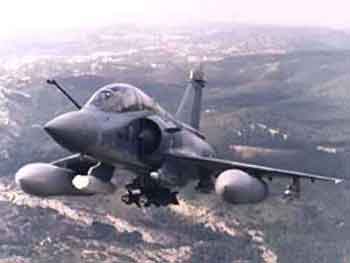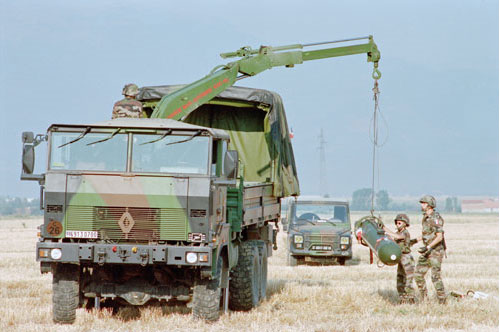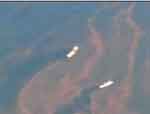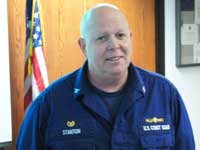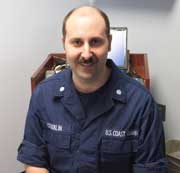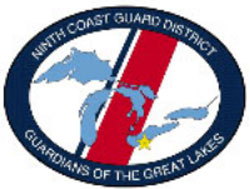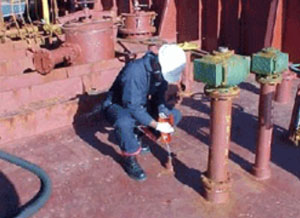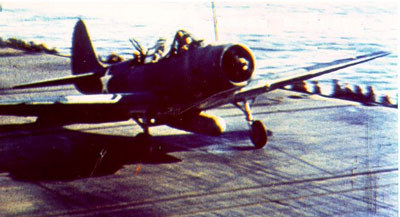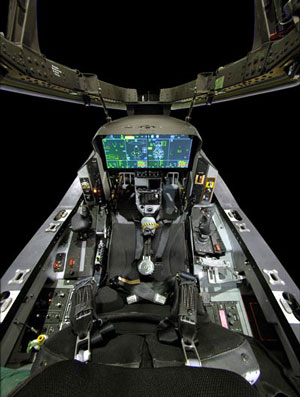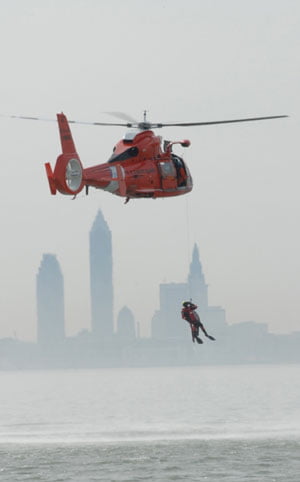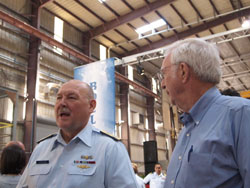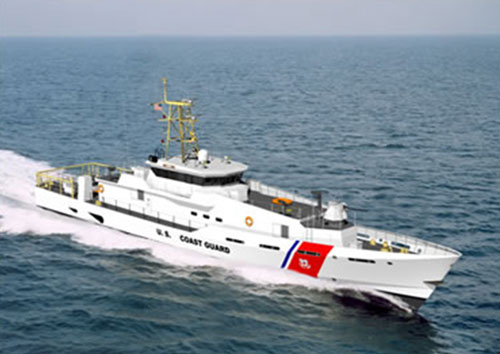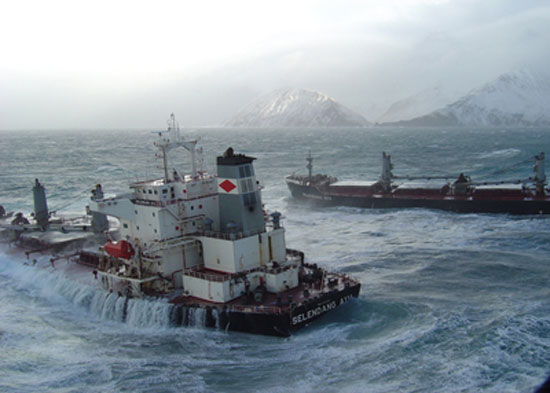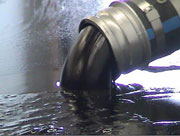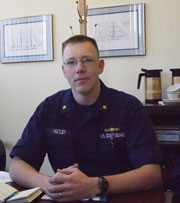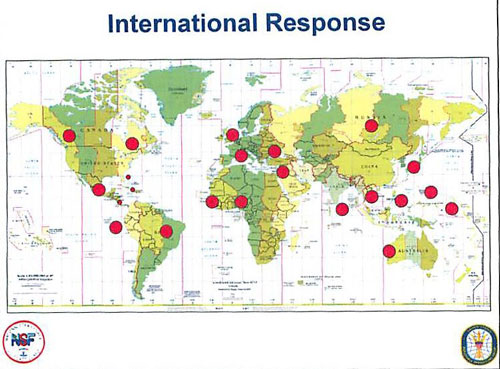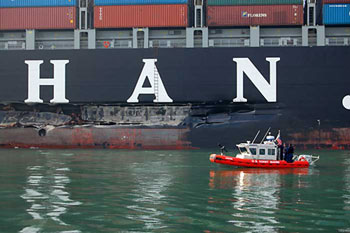Re-Shaping Tactical Capabilities
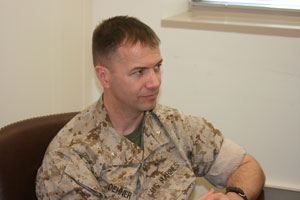
The pilot on the F-35B is really a centerpiece of what we are calling the three-dimensional warrior. The new helmet and the interactions between the pilot and the systems on the new aircraft provide the hub for new operational capabilities.
In this interview, SLD talks with USMC aviator Lieutenant-Colonel Dehner from Headquarters Marine Corps, Aviation. Lieutenant-Colonel Dehner is involved in shaping how the new helmet will enhance the warfighting capability of the F-35B he is part of the JSF cell at HQMC and is currently the USMC test coordinator for F-35 and has flown with prototype test helmets in the F-35 concept of operations simulators.
SLD: You are involved with the program for the development and testing for the new helmet for the F-35B. Could you describe how the systems on the aircraft shape a new environment within which the helmet functions as well?
Lieutenant-Colonel Dehner: One of the new operational capabilities of the F-35B is its ability to sense the IR energy or the heat coming off the environment, a full 360 degrees around the aircraft. It’s as if you are in the middle of a soccer ball : this is how I always picture it looking out through the facets. I have these IR sensors all around me. And then the aircraft also detects more of the electromagnetic spectrum similar to a Prowler. So, you do really have a lot more information that’s coming in or is available to be understood.
This capability shapes the classic question of how does one put information in a way that a human being can understand and act upon it? Part of the answer is the way the information is displayed which enables the pilot to be a tactical decision-maker. You gain this God’s eye perspective of the world. So, instead of being very mechanically-driven like we are in our current aircraft, in which I have to help move the radar around to make it do it’s thing, I can pull back and allow the systems on the aircraft to do that on it’s own.
Now, that’s only part of the answer. The next piece is the Distributed Aperture Systems (DAS), that is sensing the IR world all around me. You have camera eyes staring at all times around you, and how do I get that information across to a person that, obviously, can only look in one direction at any given time.
So the system’s interface, the DAS imagery, gets projected on a patch on your helmet, which is an improvement or a next a step from our current helmet. So now, I have a window into this other world and I can look at information in the IR. And as I turn my head I’m looking at the world surrounding me with the DAS information coming across.
[slidepress gallery=’the-f35b-pilot-distributed-aperture-systems-das-and-the-new-helmet-re-shape-tactical-capabilities’]
“As If In The Middle Of A Soccer Ball“
SLD: So that the DAS system works closely with the helmet and it creates a new environment for the pilot to operate in. You also were alluding to something I find interesting, which is this whole relationship between the classic tactical fighter and a specialized war battle manager, who’s on electronic warfare aircraft. In fact those specializations will be broken apart by the F-35.
Lieutenant-Colonel Dehner: Absolutely. The classic tactical fighter was defined by the strike package where I’m going to have aircraft that will deliver weapons; I’m going to have fighters that will either clear the way or protect them while they go in. And then I’m going to have electronic attack aircraft to provide another level of support. In contrast the F-35, by design, will be able to do all three of those things with either the same aircraft or the same little family of aircraft. So, you can prioritize different roles such as : the two on the front are the fighters today, the third is going to pick up electronic attack, and the fourth is going to do the strike. But depending on how we’re configured, we can actually flex that real time. “Hey, looks like the fight is actually more on your side. So, we can actually shift that focus of effort to the other aircraft.” So, it just allows us an extremely flexible platform.
But with all that increased capability, you still have the same human beings that are flying aircraft similar to what we did 50 years ago. Now, you just have to essentially build up those pilots a different way. You take all the very classic training techniques; teach them how to actually fly the aircraft, teach them how to use the aircraft as a weapon and then, you’ve got to go down a different route that’s more or less teaching them to be an information manager, because this aircraft really is an information sponge. This aircraft just creates this little information hub in the sky. And the pilots, their job is to be effective for their primary mission, but then also decide how to get this information to other people, not just other pilots but also to the ground, because maybe they’re in a better spot to be more effective?
SLD: Tell us a little bit about the role of the helmet in facilitating what you described?
Lieutenant-Colonel Dehner: The helmet in the F-35 will display fused data, and creates a picture so that, literally, when I look down through what would be the skin of the aircraft, I still get that projection of the ground underneath me. So, if I am trying to locate a target, the current helmets will give you a little box or a symbol to highlight that target. But as soon as the wing of the aircraft gets in the way then I would have had to move the airplane physically to clear it out of the way. So, now I can see through the wing with this new system.
An immediate benefit is I don’t have to move my aircraft into a spot that I might not want. For example, when we set up an orbit for intel, surveillance, reconnaissance, that ISR mission which is a lot of what we spend time doing. There are better paths in the sky for us to just stay within a relative distance, and I want to get a really good picture, so I’m just going to set up an orbit. But that instantly can flex with, oh, my wing might be in my own way, so you’re going to end up flying these non-optimal formations. I’m going to move the wing out of the way so I can get a better look. Oh, now, I’ve got to get back on profile. That’s a lot of the work that the pilot is up to. Now, I don’t have to do that with the DAS.
SLD: How would you describe the changes in pilot behavior you see from this synergy of the DAS and the helmet? Or what kinds of changes might you see?
Lieutenant-Colonel Dehner: One of the other significant changes is just the way we actually can fly our formations and getting more out of the handful of aircraft in an area where we operate. With traditional tactics, we’re going to be tied relatively close to each other, because I’m going to be checking for anybody shooting at you from the ground. You’re going to be checking me. So, we tend to fly together. We don’t have to, but you take it at risk if you don’t.
But, all right, to get more aircraft over a larger area, we’re going to separate. And you can only do that when you have very fixed-wing tolerant conditions. I’m not going to be shot at a lot, because I’m either at a higher altitude or the threat is just not there.
With the DAS, the computer is working for me all the time looking all around, making sure that no one’s taking a shot at me. So that instantly is going to free up the pilot and then the squadron to just spread out over more space. And we’re not taking on risk, or adopting a different procedure, which is how we’d mitigate the risk today, because I have a system on board. So that’s the initial basic pilot behavior change that you’ll see right away.
SLD: Final question: one of the controversies in Afghanistan has been control of collateral damage. It seems to me that this aircraft should help in this regard in a sense that by having a closer relationship enabled between the ground and the air element, the confidence level of using weapons in close support must clearly go up?
Lieutenant-Colonel Dehner: Precisely. The technology that we’ve enjoyed just in the last 10 years or so, has already improved that quite a bit. Now, this is going to be, again, that next huge step, because we’re getting more information to the pilots, so that’s going to make that pilot feel better about it. We’ve already started sending information down on our Legacy Aircraft. In the F-35, you’re actually going to have more options of information to push down to those ground commanders for shared decision-making.
———-
***Posted On May 28th, 2010






